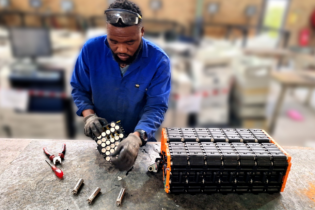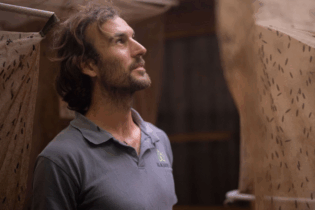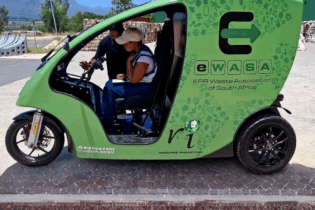Approximately 100 volunteers rolled up their sleeves recently to help rid Robben Island of waste in the iconic landmarks largest clean-up to date.
As a tourist attraction and World Heritage site Robben Island draws over 300 000 visitors annually. Along with this influx of visitors comes litter, as well as waste from passing ships and land-based sources.
The waste collection drive, which was organised by the national PET Recycling Company (PETCO) and Plastics SA, comes amid continued warnings from researchers that that litter is growing faster than the human population.
Rapidly rising litter rates
In Cape Town, the amount of litter washing up on the city’s beaches increased by 300% between 1994 and 2012 alone.
According to University of Cape Town researcher Professor Peter Ryan, an expert on beach litter along the country’s coastline, roughly 10 times more litter washes ashore at Milnerton than at Koeberg, indicating the importance of local, mainly land-based sources of litter within the bay.
Stopping waste at the source
PETCO stakeholder relations manager Janine Basson said since the majority of ocean waste was derived from land-based sources, stopping waste at source was ultimately the most effective way to deal with marine pollution.
“Keeping recyclables, like PET plastic bottles, in the economy – instead of ending up in landfills – is key,” said Basson.
“As the national body for PET recycling, we recognise that while good strides have been made, there is an urgent need for industry to re-design products and packaging which is compatible with available recycling infrastructure and to work towards phasing out non-recyclable waste completely,” she said.
Understanding Cape Town’s waste streams
The Beach Co-Op used the, “Dirty Dozen” methodology which was developed by Prof Ryan to record and track the sources of marine waste collected.
Co-op director Aaniyah Omardien said employing this methodology at all clean-ups helped to better understand Cape Town’s waste streams and improve the city’s waste management strategy.








